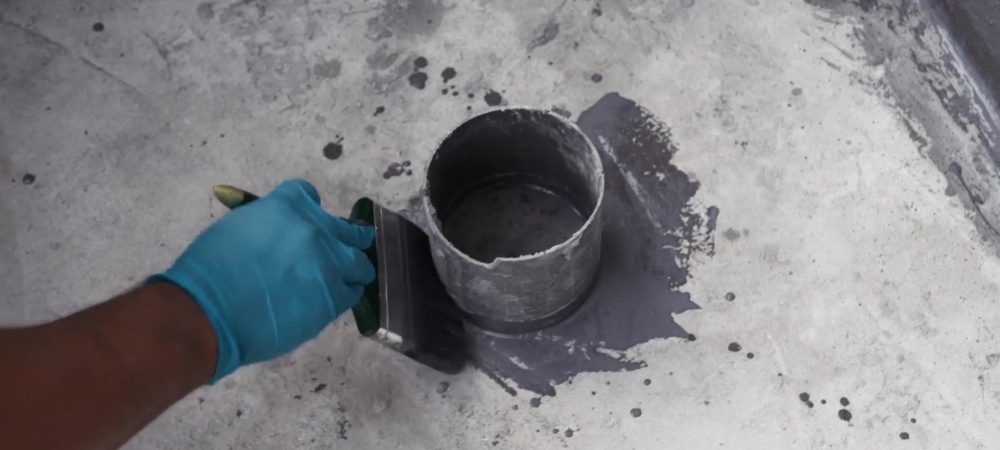Benefits and Disadvantages of Liquid Waterproofing System

Two kinds of substances used for waterproofing – liquid or sheet membrane. It does not mean that one is better than the other, is more to requirements of development, budget constraints, time and environmental surrounding. For this article, we will be focusing on sheet applied waterproofing membrane.
What is liquid waterproofing system?
As the name suggest, it is waterproof membrane that appears in liquid form, which can be applied with roller, brush or spray method. The liquid will require some time to cure to a solid membrane through:-
- Evaporation of the solvent or liquid
- Moisture reaction from the air
- 2 component or more reaction when the part are mixed together.
The outcome will be a joint free and seamless waterproofing membrane. Certain types of fluid applied waterproofing membrane include water based, solvent-based, high solids urethane, rubber elastomeric based waterproofing.

Benefits and advantages of using liquid waterproofing membrane system
Ease of application and installation
Due to its liquid nature waterproofing membrane, it can be easily spread without being flattened out monotonously in comparison to the sheet applied waterproofing membranes.
Full coverage at edge
Due to its flexibility of liquid, the waterproofing membrane can be applied to every edge and corner of a surface without any issues. The area can get full coverage of waterproofing with a consistent finish which permits it for easy maintenance.
Versatile installation alternatives
Liquid membrane waterproofing can be applied with various tools, such as using brush for smaller areas, roller or spray for larger areas which could ease the application process.
Drawbacks and disadvantages of using liquid waterproofing membrane applied system
Risk of air bubbles
Poor or improper preparation of the substrate and using the wrong tolls may create air bubbles within the membrane.
Inconsistencies of thickness
Due to the nature of liquid, it is challenging to control the thickness of the membrane especially when the surface is uneven. If not done correctly, there will be error in the application.
Risk of membrane blistering
Solvent-based are not applicable over damp or uncured surfaces, or else it will cause membrane blistering.
Limitation on surface of application
Most liquid waterproofing membrane need to applied onto cured concrete surface. Surface must be even and any cracks must be treated before applied.
In conclusion
Liquid waterproofing membrane have the advantages , low cost and tremendous elongation however, the obvious drawbacks is the inconsistency in coverage. When applying the it, applicator need to take extra precaution to ensure the are able to achieve the minimum coverage.
